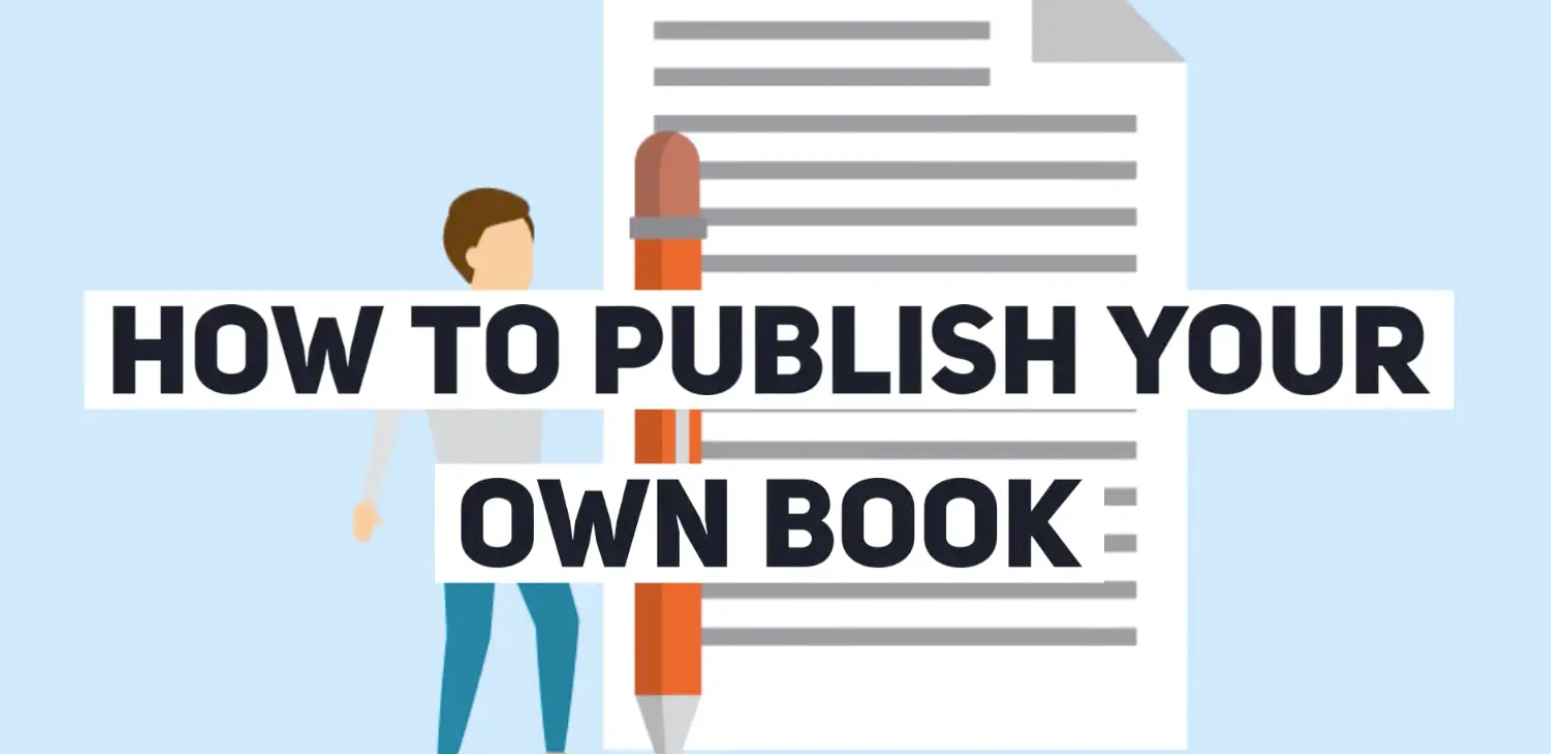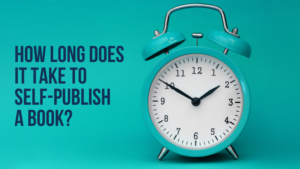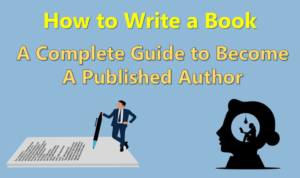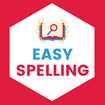If you want to self-publish your book in Australia you should know how to do it. You might have always wished to have a certain type of book for example a novel, memoir or even a cookbook is in the process of being made or is ready to be out there and you are wondering how. However, self-publishing is another topic which has evolved over time, and even today you can publish your book without the help of a publisher. This page provides you with information as to the general self-publishing process in Australia and marketing of your creation: formats.
What is Self-Publishing?
Self-publishing concerns the publication of books by writers who do not sign contracts with the large publishing companies. This approach allows authors to have complete say on all features of the book right from the design, editing, distribution, to the marketing. Self-publishing is for authors who do not want or cannot afford to relinquish control over the creation or financial management of their book.
Why Self-Publish in Australia?
Self publishing in Australia is very much on the rise on the internet. Most authors have many platforms, services, and tools to promote their books to get to the local and global markets. If you want to control your writing career, you should consider self-publishing as more Australians are consuming content online and in print.
Advantages of Self-Publishing
1. Creative Control
Self-publishing allows you full freedom of the print product whether it is the cover of the book or the format of the pages within it. This freedom safeguards the product, making it express you as the client entirely.
2. Higher Royalties
With traditional publishing, the publisher owns most of the royalty comparisons while through self-publishing, the author can own most of the royalty comparisons. Most of the platforms still provide you an opportunity to earn as much as 70% of each sale which means a lot more than standard publishing contracts offer.
3. Flexibility with Timeline
Having your own schedule is also a plus when you self-publish. Forget about waiting months, let alone years, till the reader finally gets to see your work in print – you just set the date.
4. Global Reach
Through online, authors who write books independently get an opportunity to market them to people all over the globe. One of the major benefits includes the fact that it is so easy to get your work seen from virtually any corner of the world, which can be particularly useful if you are marketing to the global market or to specific sub-niches of the market.
Challenges of Self-Publishing

1. Initial Investment
Even though it lacks some of what one might consider the traditional gatekeepers, self-publishing does demand an initial capital outlay especially for covering, editing, designing, and promotion. In any case, these costs can frequently be recovered through sales.
2. Marketing Responsibility
However, I have discovered that while in conventional publishing the publisher would market your product, in self-publishing it is all up to you. For your work to go out there you need to by publicizing the book on social media, your author’s blogs, or even paid publicity.
3. Time Commitment
Self-publishing means that you will be involved in each step of the process, and this in turn means that it will require a lot of time.
Steps to Self-Publishing in Australia
Step 1: Write and Edit Your Manuscript
Writing is only the beginning. Before you publish, you’ll need to edit your manuscript to ensure it’s polished and professional. Consider hiring a professional editor to refine your work and enhance readability.
Types of Editing
- Developmental Editing: Focuses on the structure, content, and flow.
- Copyediting: Ensures grammar, punctuation, and syntax are correct.
- Proofreading: The final review to catch any remaining typos or errors.
Step 2: Decide on Your Publishing Format
There are a few options to consider when deciding on the format of your book, such as eBooks, print books, and audiobooks. Each has its own benefits and audiences.
eBook
eBooks are popular due to their accessibility, affordability, and global reach. Many platforms allow you to publish eBooks with minimal upfront costs.
Print Book
Printed books are great for readers who love a physical copy. With print-on-demand services, you don’t need to worry about large upfront print costs or managing inventory.
Audiobook
Audiobooks are booming, and they’re a great way to reach new audiences. Recording an audiobook does involve costs, but it’s a worthwhile investment if your budget allows.
Step 3: Choose a Self-Publishing Platform
Several self-publishing platforms are available, each with different features and royalty structures. Here are a few popular options:
Amazon Kindle Direct Publishing (KDP)
KDP allows authors to publish eBooks and print books with ease, reaching millions of readers worldwide. The platform offers up to 70% royalties for eBooks.
IngramSpark
Known for its global distribution network, IngramSpark offers both eBook and print publishing. It’s a great option if you want your book available in Australian bookstores and libraries.
Kobo Writing Life
This platform is popular in Canada, but it’s growing in Australia. Kobo offers flexible pricing and promotional tools to help you sell more eBooks.
Blurb
If you’re publishing a photo book or a more visual project, Blurb is a fantastic option. It specializes in high-quality print-on-demand services.
Step 4: Design Your Book
Design plays a critical role in attracting readers. Make sure your cover and interior layout look professional.
Cover Design
Your cover is the first thing readers see, so it needs to be compelling. Hiring a professional designer can make a big difference.
Interior Layout
A clean, easy-to-read layout is essential. Many platforms provide templates, or you can hire a layout designer for a polished look.
Step 5: Set the Right Price
Pricing can make or break your book’s success. Research similar books to understand the market, and consider testing different price points.
Step 6: Marketing Your Book
Self-publishing means taking on the marketing yourself. Here are some effective strategies:
Build an Author Website
A website is your online home. Use it to showcase your work, collect emails, and connect with your readers.
Utilize Social Media
Platforms like Instagram, Twitter, and Facebook are excellent for building a fan base and connecting with potential readers.
Run Promotions and Discounts
Many self-publishing platforms offer options to run limited-time promotions or discounts. These can boost visibility and drive sales.
Seek Book Reviews
Positive reviews increase credibility and attract more readers. Reach out to bloggers, offer free copies, or even consider paid review services.
Step 7: Distribute Your Book
Getting your book in front of readers is essential. Self-publishing platforms often handle distribution, but you might also want to reach out to local bookstores and libraries.
Australian Distribution Options
Some self-publishing platforms, like IngramSpark, allow you to make your book available in Australian bookstores. You could also approach bookstores directly, especially if your book has a local focus.
Legal Considerations for Self-Publishing in Australia
ISBNs and Barcodes
Books need a number normally called an ISBN (International Standard Book Number) for stock in most locations. In Australia that accession number holder can buy ISBNs from the Australian ISBN Agency.
Copyright Registration
Even though copyright is automatic in Australia, it is still useful to know what your protection entails. Copyright also shields your work from unauthorized use so it is only you who can resell and make other gains from it.
Tax Implications
Self-publishing may be associated with certain liability to taxes. If you receive royalties you have to declare this money as income. Each tax has individual and corporate requirements that it is smart to get professional advice about.
Conclusion
Self-publishing in Australia is a great thing freeing the authors filled with desire to show the public their books. This option especially provides all possible control, fifty-fifty share of sales revenue and global market. It can take so much effort, energy and LIKE to get everything in order, but when it is it is so much easier with a bit of practise. Whether you’re purely a fiction author, a nonfiction author, or fall somewhere in-between the two, these options pave the way for a possible way to succeed in the writing industry.
FAQs
1. What are the costs of self-publishing in Australia?
The prices can differ much, but you should definitely plan on paying money for editing, design, and promotion. Costs can vary from between $300-3000 for.W.
2. Is it necessary to have an ISBN number for self –publishing in Australia?
Yes, you must have an ISBN to sell books. Click to buy ISBNs through the Australian ISBN Agency.
3. After completing the paper, I presented one question: Which self-published books are sold in bookstores?
Of course, many traditional bricks-and-mortar bookstores do order self-published books, particularly if you use IngramSpark which offers bookstore distribution.
4. What might be the amount of royalty possible for self-publishing?
They differ from one platform to another but some of them take up to 70% of sales of ebooks via the Amazon KDP.
5. Which self-publishing service provider is suitable for the Australian author?
IngramSpark is one; the other is Amazon KDP due to the markets they access and its shipping opportunities.








